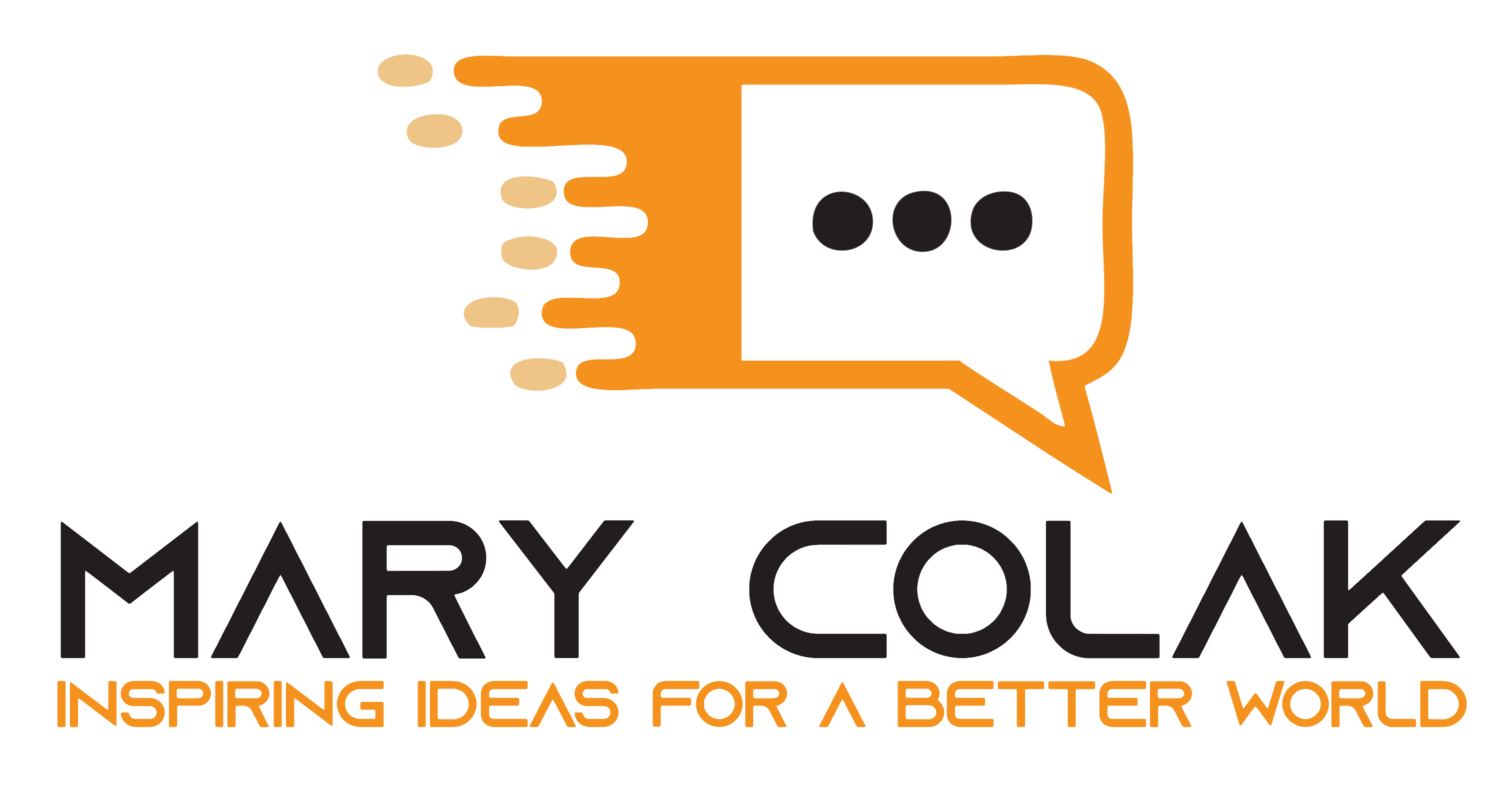Finding the balance, building your scorecard
Finding the Balance
Efficient organizations are more than just well-tuned processes. They also focus on how and what value they deliver to their customers, shareholders and employees. In fact, organizational efficiency is a balanced performance in four areas: finances, customers, processes, and learning and growth.
First described in a "balanced scorecard" by Robert Kaplan and David Norton in the early 1990s, this balanced performance tool aids strategic planning. It is a management system to measure (and improve!) organizational performance.
From its early days as a simple performance measurement tool, today the balanced scorecard clearly prescribes what an organization should measure and how this measure supports its financial goals. But it's more than just financial performance.
In each area (finances, customers, processes, and learning and growth), the organization determines what it needs to do to reach desired strategic objectives. For instance, under finances, the organization may determine that it needs to become more productive if it is to meet its objective of becoming an industry cost leader.
As it evaluates each area, the organization identifies key performance indicators (KPI) for achieving its objectives. In the previous example under finances, a KPI for becoming an industry cost leader could include measuring the organization's percent reduction in cost per unit. In the customer area, perhaps a KPI could be percentage of products that are of good quality in the first pass of development - this KPI relates to an objective of achieving zero defects.
The business process area evaluates internal business processes. The organization identifies suitable KPIs to help meet its strategic objectives in this area.
The final area on the balanced scorecard, learning and growth, is very important to overall organizational strategy. Organizational success is not all about money (contrary to what one might think). Organizations that do not provide training and support to its employees are "shooting themselves in the foot." Unhappy and unskilled workers will force the organization to fall flat, along with its profits.
Learning is more than training. It also includes things like mentoring, ease of communication among workers (culture), technological tools, and what the Baldrige criteria call "high performance work systems."
Here is an example of a balanced scorecard worksheet to help you get started to meet your organization's strategy.
When the organization achieves its desired key performance indicators (KPI), the organization achieves operational excellence. And operational excellence translates into profitability. The balanced scorecard helps organizations do exactly that: It helps turn strategic plans into manageable and actionable results.
Building Your Balanced Scorecard
Building a balanced scorecard can be an academic exercise, but if done correctly, it can be a nerve center for the organization - usable and actionable by all employees. Here are some considerations to make that happen.
Management support. Since top management must be the balanced scorecard's primary champion (we are talking about the organization's strategic direction, after all), management must embrace the concept and engage others in the organization to ensure that the measures being collected support organizational strategy.
Engage process owners and stakeholders. These people are the most knowledgeable about areas requiring improvement to meet organizational strategy. For instance, for financial measures, talk to finance, accounting, top management and sales. For internal performance measures, talk to production, design, quality assurance, engineering, purchasing, and logistics. For customer and marketplace measures, talk to sales, marketing, and customer service. For human resource measures, talk to HR, training, health and safety, and organizational development.
Use facilitated sessions. To engage management and other stakeholders, use a facilitated session or set up focus groups to identify what measures will support achieving organizational strategy. Define these for all four performance areas of the balanced scorecard.
To help you with facilitated sessions, there are two key questions to consider for each of the four areas. They are: In the past year, what did we do exceptionally well in this area? And, in the past year, what could we have improved? These two questions can help you start your investigation on how the organization can improve in future years.
Here are some other examples:
What problems do customers keep telling us about?
What makes our people better than employees in other organizations?
What skills and abilities do we think will be critical ten years from now?
What part of our organization experiences the most waste?
What part of our organization experiences the least waste? What enables this efficiency?
What one process improvement could we make that would put us ahead of the competition?
What problems do our accountants keep telling us about?
The key to using the balanced scorecard is to remember that there is no "one size fits all." Each business will have different market situations, different product strategies and different competitive environments. In addition, the scorecard must fit the organization's mission and vision including its technology and culture.
Organizations that use a balanced scorecard ensure that they are able to align their focus and thrive.



